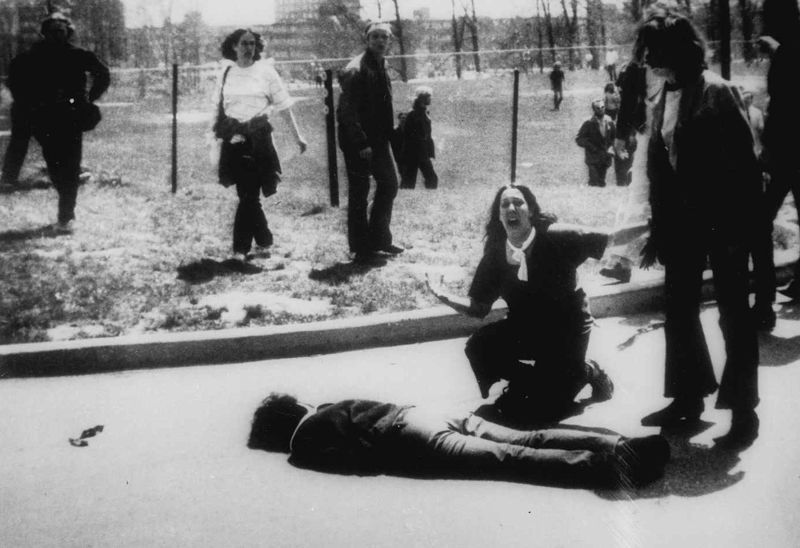The Kent State Shootings: A Turning Point in American History
On May 4, 1970, four students were killed and nine were injured when the Ohio National Guard fired upon Kent State University students protesting the Vietnam War. This tragic event not only shocked the nation but also ignited a powerful nationwide student strike, eventually leading to the closure of hundreds of colleges and universities across the United States.
Background of the Protests
The tumult surrounding the protests at Kent State was exacerbated by President Richard Nixon’s announcement in April 1970 that U.S. troops would be expanding into Cambodia. This decision was seen as a significant betrayal by anti-war activists who believed Nixon had promised to wound down the war shortly after taking office.

The Struggle at Kent State
The violence began escalating when students at Kent State staged their initial campus protest on May 1, 1970. This demonstration was met with increasing tension, leading to a night of chaos in downtown Kent that culminated in a student march toward the campus ROTC building.

The Confrontation
The protests escalated further when some students attempted to set the ROTC building on fire, leading to intervention by the Ohio National Guard. While some students perceived the Guardsmen’s presence as intimidating, others remarked on their congenial demeanor during initial interactions.

The Fateful Day
On May 4, 1970, tensions culminated in violence. After multiple standoffs, Guardsmen faced the demonstrators, and the situation escalated rapidly. In a shocking turn of events, they opened fire into the crowd, resulting in the tragic deaths of four students and injuries to nine others.

The Aftermath
The repercussions of the Kent State shootings rippled throughout America, prompting widespread outrage and protests at various colleges. This tragic incident not only represented a turning point in public sentiment about the Vietnam War but also marked a significant moment in the history of American student activism.

Conclusion
The Kent State shootings remain a poignant reminder of the complexities of protest, the consequences of violence, and the profound impact such events can have on a nation. As we reflect on this historic moment, it is essential to recognize the importance of peaceful discourse and understanding in contemporary discussions about war and governance.





